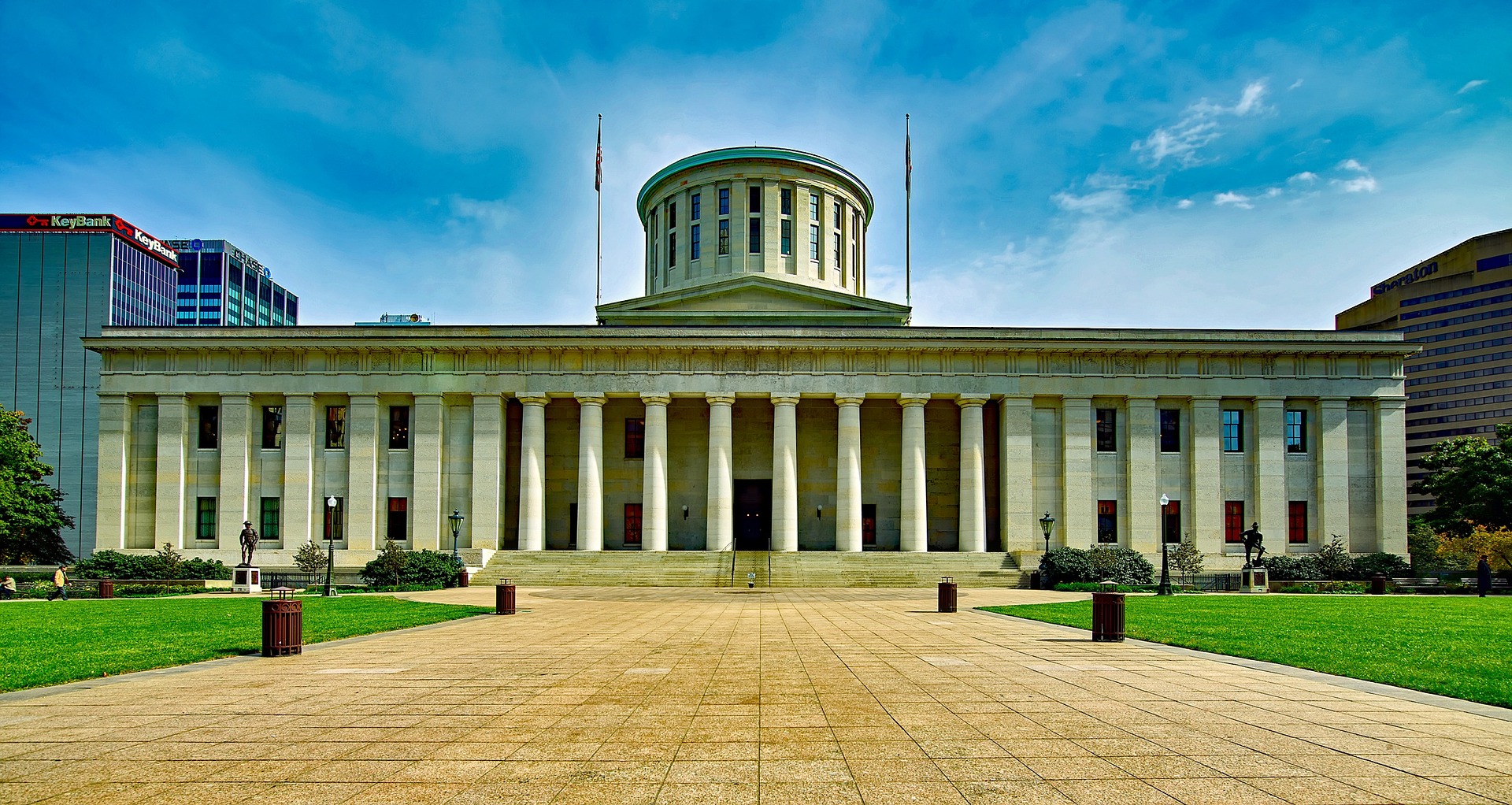Analyzing the Role of Term Limits in Modern Democracy
Introduction: As democratic systems evolve, one topic consistently reemerges into the spotlight: term limits for elected officials. This article delves into the history, current trends, and societal implications of term limits in democratic governments across the globe.

The Genesis of Term Limits
Term limits, or restrictions on the length of time a person can hold a specific political office, are not a new concept. In ancient Athens, term limits were introduced to prevent the concentration of power in the hands of a few. Similarly, the Roman Republic implemented annual term limits to stifle corruption. This tradition extended into the modern era, with the United States setting a precedent with a two-term limit for the presidency in 1951.
The Current State of Term Limits
Today, the implementation of term limits varies widely across the globe. In countries like the United States, Mexico, and South Korea, presidents can only serve a limited number of terms. Meanwhile, in nations like Germany, Canada, and the United Kingdom, there are no term limits for their leaders. Recently, some countries like Russia and China have modified their constitutions to extend or eliminate term limits, sparking international debate.
The Law and Term Limits
Legal discourse surrounding term limits oscillates between upholding democratic principles and allowing for political stability. Supporters argue that term limits prevent the entrenchment of political power, promote fresh ideas, and encourage citizen participation. Critics, on the other hand, contend that term limits can undermine democratic maturity, disrupt policy continuity, and limit the voters’ ability to re-elect effective leaders.
Implications and Impact of Term Limits
Term limits have far-reaching implications on various aspects of society. They can influence policy-making, political competition, and leadership succession. In countries with strict term limits, there’s often a flurry of legislative activity as the end of a term nears. Additionally, term limits can affect political strategy, with politicians planning their careers around potential term limits.
The Future of Term Limits
The question remains: what is the future of term limits in modern democracy? As the world continues to grapple with evolving democratic norms, the debate around term limits is likely to persist. One trend to watch is the shift towards more flexible term limits, which allow for non-consecutive terms or longer terms for certain offices. This approach seeks to strike a balance between preventing power monopolies and ensuring continuity in leadership.
In conclusion, term limits remain a critical component of democratic discourse. As political landscapes continue to change, the conversation around term limits will undoubtedly adapt and evolve. While there may be no one-size-fits-all answer, it is certain that the dialogue around term limits will continue to shape the future of democratic governance.




